When it comes to delicious wild berries, most people quickly think of raspberries, blackberries, or blueberries. However, nestled quietly in forests and along shaded roadsides across parts of North America is a lesser-known yet equally delightful fruit — the thimbleberry (Rubus parviflorus). Famous for its soft, velvety texture and sweet-tart flavor, the thimbleberry remains a favorite among foragers and local communities.
But one might wonder: which country leads the world in producing these unique berries? Unlike commercial crops such as strawberries or blueberries, thimbleberries aren’t widely farmed due to their delicate nature. Yet, there is a definitive answer. Let’s explore the world of thimbleberries, their history, uses, growing conditions, and — most importantly — identify the country that stands as the world’s largest producer.
What Are Thimbleberries?
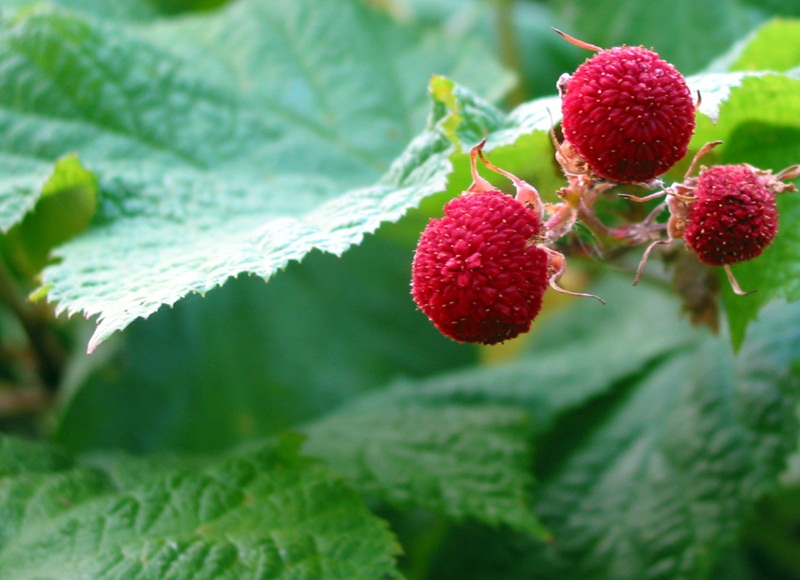
Thimbleberries (Rubus parviflorus) are a species of flowering plant in the rose family, native to North America. They grow as deciduous shrubs, typically reaching up to 2.5 meters in height. Their name comes from the fruit’s distinctive shape — a hollow, dome-like red berry resembling a sewing thimble.
Unlike many members of the Rubus genus (which includes raspberries and blackberries), thimbleberries are thornless, making foraging a much easier experience. Their large, maple-like leaves and clusters of delicate white flowers bloom in late spring, with berries ripening by mid to late summer.
Key Characteristics:
- Scientific name: Rubus parviflorus
- Fruit: Red, velvety, hollow berries
- Growth: Moist, shaded forest areas, roadsides, clearings
- Native to: North America (primarily U.S. and Canada)
Natural Habitat and Distribution
Thimbleberries are predominantly found in:
- The United States: Particularly the Pacific Northwest (Washington, Oregon, Northern California, and Alaska)
- Canada: Especially British Columbia, Alberta, Ontario, and parts of Quebec
- Michigan and the Great Lakes Region: Notably the Upper Peninsula
Though they have been introduced to parts of Europe and Australia, thimbleberries remain most abundant and native to North America.
Why Thimbleberries Aren’t Commercially Farmed
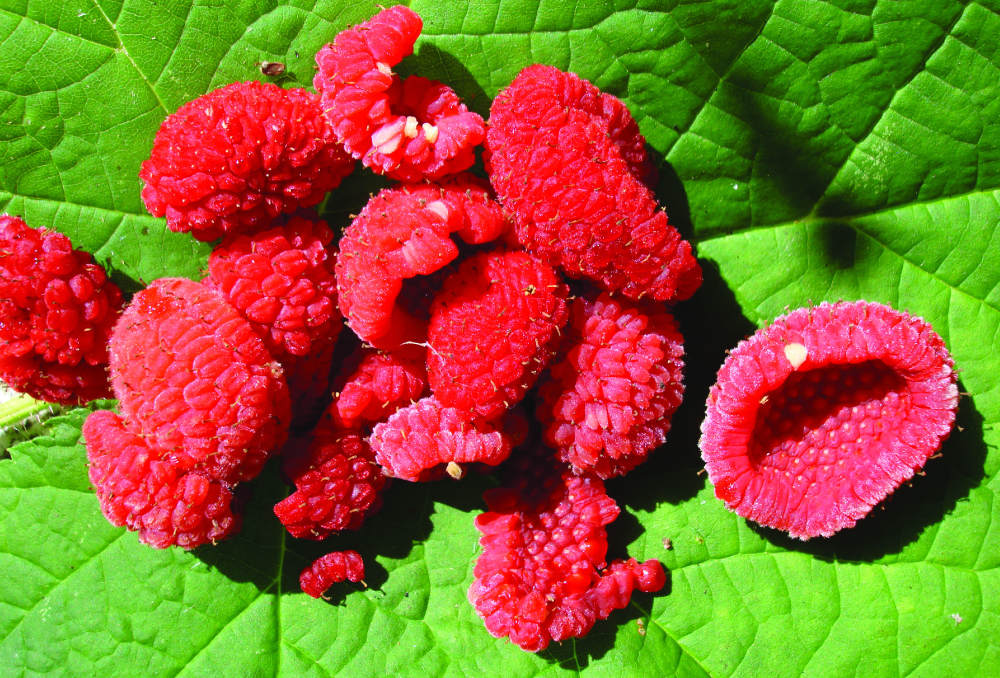
Despite their wonderful flavor and ecological benefits, thimbleberries are rarely, if ever, grown commercially. The reason lies in their extremely soft, fragile structure. Unlike raspberries or blackberries, thimbleberries are so delicate that they can easily disintegrate during handling and transport.
Additionally, their short shelf life — often just a day or two after picking — makes them unsuitable for long-distance shipping or mass-market sale. As a result, most thimbleberries are consumed locally by foragers, homesteaders, or small artisanal producers who turn them into jams, jellies, and syrups.
Interesting fact:
In certain regions like Michigan’s Keweenaw Peninsula, thimbleberry jam is a cherished local delicacy and a major draw for summer tourists.
Which Country Is the Largest Thimbleberry Producer in the World?
The United States holds the distinction of being the largest thimbleberry producer in the world — though it’s important to note that this refers primarily to wild harvesting rather than organized agriculture. Thanks to its vast and suitable natural habitat, especially in the Pacific Northwest and Great Lakes regions, the U.S. boasts the densest populations of naturally growing thimbleberries.
Key U.S. Thimbleberry Regions:
- Washington, Oregon, and Northern California: Lush coastal forests provide the perfect environment.
- Alaska: Abundant wild growth along roadsides and forest edges.
- Michigan’s Upper Peninsula: Famous for thimbleberry jam and local foraging traditions.
- Wisconsin, Minnesota, and Montana: Smaller but significant natural populations.
While Canada also has extensive wild thimbleberry growth, particularly in British Columbia and Ontario, the scale and local use do not match the level seen in the United States, where thimbleberries are deeply embedded in foraging culture and regional recipes.
Uses of Thimbleberries

Despite their lack of commercial farming, thimbleberries are highly prized for various culinary and traditional applications:
Fresh Consumption:
Foraged thimbleberries are often enjoyed fresh right off the bush, offering a sweet, slightly tart flavor with a soft, velvety texture.
Jams and Jellies:
Thimbleberry jam is particularly famous in Michigan’s Upper Peninsula and parts of the Pacific Northwest. The jam is rich, tangy, and known for its vibrant color.
Syrups and Desserts:
Local cooks use thimbleberries for homemade syrups, pie fillings, tarts, and as toppings for pancakes and ice cream.
Medicinal Uses:
Indigenous peoples in North America traditionally used thimbleberries for their medicinal properties, treating ailments such as digestive issues and wounds.
Ecological Benefits:
Thimbleberries play an important role in local ecosystems, providing food for birds, insects, and mammals, and contributing to soil stability in forested areas.
Cultivation Challenges
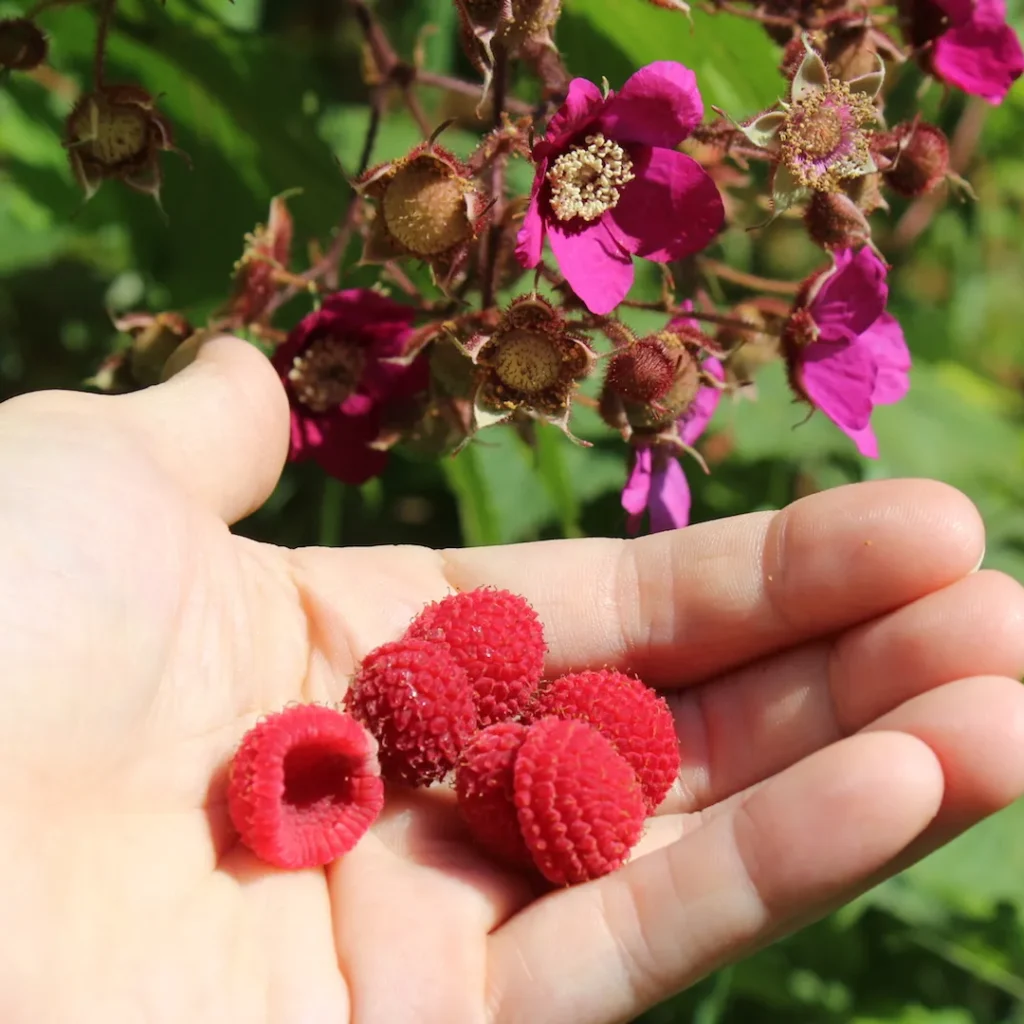
If thimbleberries taste so good, why haven’t farmers succeeded in cultivating them commercially? Several factors contribute to the difficulty:
- Fragile fruit structure: Berries are easily damaged during picking and transport.
- Short shelf life: Fresh berries spoil quickly, making them unsuitable for large markets.
- Specific habitat requirements: Thrive best in moist, shaded forest areas — not in open, sunny fields where commercial berry farming typically occurs.
- Low yield compared to other berries: Limited economic incentive for large-scale cultivation.
That said, some gardeners and specialty nurseries offer thimbleberry plants for home or small-scale orchard use, especially in native plant landscaping projects.
Global Overview
| Country | Production Type | Notes |
|---|---|---|
| United States | Wild harvest | Largest natural population, famous for jam |
| Canada | Wild harvest | Abundant in British Columbia and Ontario |
| Europe & Australia | Naturalized | Considered invasive, occasional garden plant |
| Other countries | Very limited | Occasional garden ornamental |
Conclusion
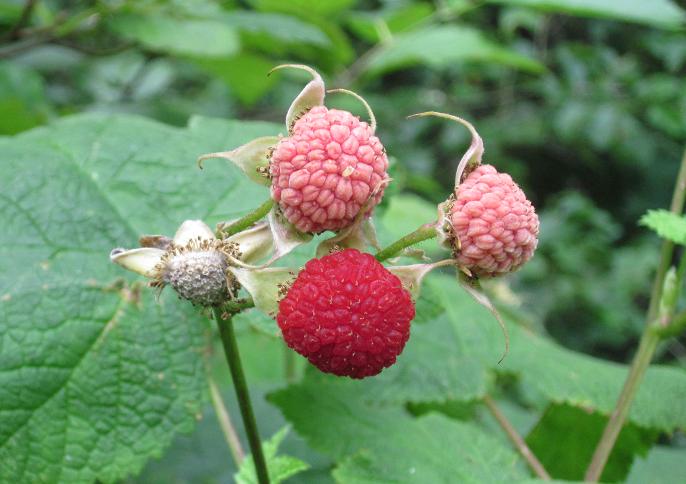
In summary, while thimbleberries remain an untamed, wild delicacy of the forests, the United States leads the world in thimbleberry production. This leadership isn’t through industrial farming but rather through the sheer abundance of naturally occurring plants and a rich tradition of foraging and preserving.
Regions like the Pacific Northwest and the Upper Peninsula of Michigan have embraced this delicate berry, celebrating it through local jams, preserves, and culinary traditions. Though unlikely to ever become a commercial crop due to its fragility, the thimbleberry continues to capture the hearts of those lucky enough to stumble upon its sweet-tart charm in the wild.



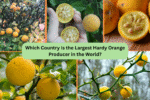

Leave A Comment